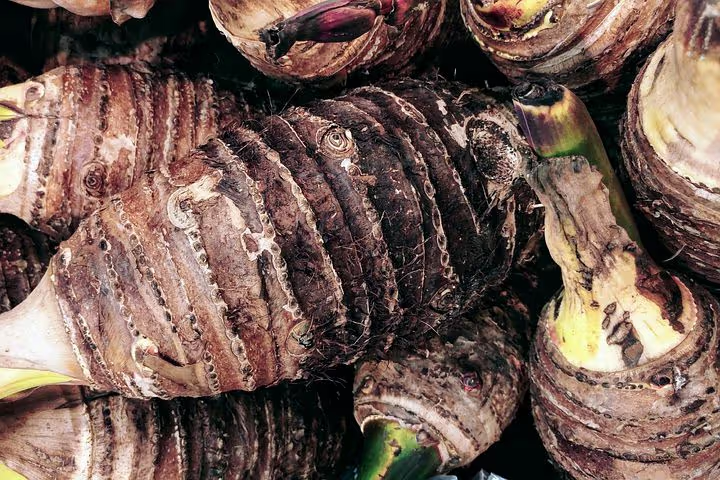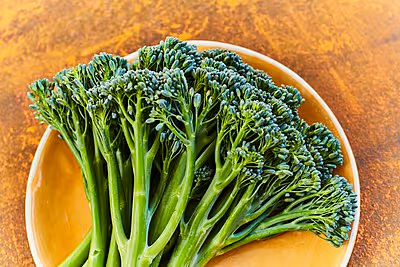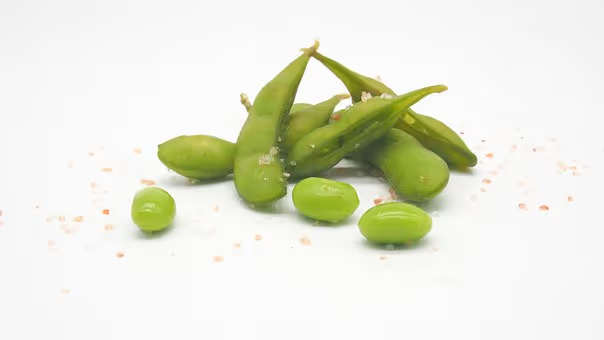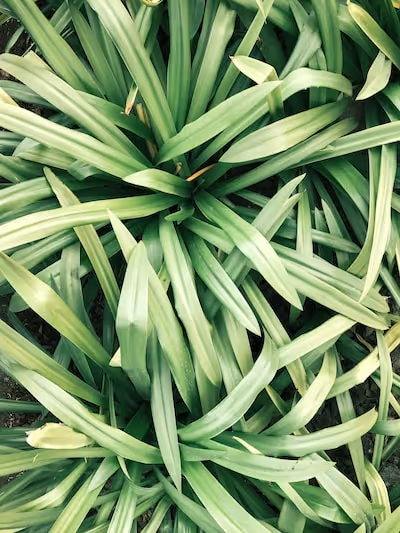Growing Buckwheat: A Simple Guide to Planting Success
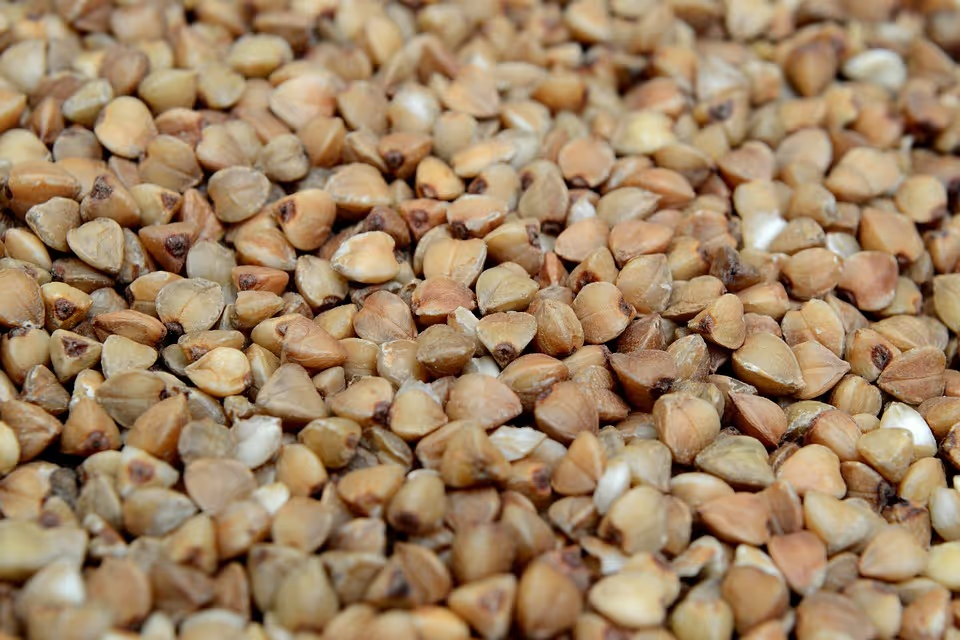
Growing Buckwheat
Growing buckwheat adds nutrients to your soil, attracts beneficial insects and chokes out weeds. Plant buckwheat seeds directly into loose, well-drained, sunny garden beds once frost risk passes. Within weeks of planting, you'll witness rapid, lush growth—a gardener's quick fix for tired soil, tasty grains, and renewed garden beds with minimal fuss.
Cheatsheet: Fast-Track Buckwheat Growing
🌱 Prime Sowing Window
Sow after last frost; soil 55°F/13°C+. Avoid cold, sow mid-late spring or early summer.
Rapid growth—harvest in 70–90 days.
🌾 Site & Soil Prep
- Pick full sun (6+ hrs).
- Loosen soil 2–3 in/5–7 cm deep.
- No fertilizer needed; tolerates poor soil.
🌰 Seed & Sowing
- Buckwheat seed: 1 lb/1,000 sq ft (0.5 kg/100 m2)
- Broadcast seeds, rake lightly, cover 0.5–1 in/1–2.5 cm deep.
- Keep rows 6–8 in/15–20 cm apart if drilling.
💧 Water & Care
- Water after sowing; drought-tolerant once established.
- Minimal weeds; dense foliage shades soil.
🌸 Harvest & Use
- Cut when most seeds turn brown—60–70 days.
- Dry, thresh, winnow for grain. Great for pancakes, soba, porridge.
- Cover crop: till before mature seeds drop.
🌟 Health & Self-Sufficiency
High in protein, magnesium, and antioxidants. Gluten-free. Fixes soil, supports pollinators—flowers attract bees.
🧰 Tools and Products You'll Need
- Rake
- Watering can/hose
- Sickle or shears (for cutting)
- Tarp or sheet (for drying/threshing)
📊 Fast Facts
- Matures in under 3 months.
- Suppresses weeds—dense foliage covers soil.
- Yields up to 3 tons/acre (6,700 kg/ha) as a cover crop.
-
Growing Buckwheat: why I sow it every summer
Growing Buckwheat solves three problems at once for me: summer weed pressure, hungry pollinators, and tired soil. It sprints, throws shade on weeds, then bows out cleanly before fall crops.
I treat it like a quick, forgiving cover that pays back in weeks. It behaves well in beds and broadacre alike.
Weed suppression that feels almost unfair
Buckwheat builds a dense canopy in 3 to 4 weeks. That leaf roof starves warm-season weeds of light, and the residue keeps them down after mowing.
In thin soils on my south plot, I watched lambsquarters vanish under a buckwheat stand seeded just a bit thick. I could hear the pigweed giving up.
Pollinators and beneficials show up fast
It flowers early and long, feeding bees, syrphid flies, lacewings, and tiny wasps. I set hives near a July planting and the bees chose buckwheat over clover by midday.
“Buckwheat provides abundant nectar for pollinators and beneficial insects and begins flowering within weeks of planting.” USDA NRCS Plant Guide, Buckwheat.
Soil lift, especially phosphorus
Those fine roots scavenge loose phosphorus and make it more available for the next crop after incorporation. I follow buckwheat with brassicas or greens and see deeper color without extra fertilizer.
“Fast growth, quick canopy, and efficient phosphorus scavenging make buckwheat a standout warm-season cover.” SARE, Managing Cover Crops Profitably.
Planting window and temperature sweet spot
Sow after all frost when soil hits 50 to 55 F, 10 to 13 C. I get best stands at 60 to 70 F, 16 to 21 C.
Buckwheat laughs at lean soil but hates frost. Plan to avoid raw cold on either end.
Time it around heat
High heat during bloom can reduce seed set, especially over 90 F, 32 C. For grain, I seed so peak flowering lands in milder weather.
For cover, I plant in pulses every 3 weeks, then mow at first bloom. That staggers flowers for insects and keeps weeds guessing.
Site prep and soil notes
Target pH 5.5 to 7.0 for steady growth. Skip heavy nitrogen or you will get lush stems, late lodging, and less seed.
Watch for herbicide carryover from prior crops. ALS and triazine residues can stunt stands, so check rotation labels.
Tilled bed or no-till
On tilled ground I create a fine, firm seedbed. In low-till beds I scalp weeds, broadcast, then press seed in with a roller or even the back of a rake.
Good seed-to-soil contact beats perfect tillage. That single habit improved my stands more than any fertilizer tweak.
Seeding rate, depth, and spacing
- Broadcast: 60 to 75 lb per acre, 67 to 84 kg per hectare.
- Drilled: 40 to 60 lb per acre in 6 to 7 inch rows, 45 to 67 kg per hectare in 15 to 18 cm rows.
- Home beds: 2 to 3 oz per 100 sq ft, 6 to 9 g per m².
- Depth: 0.5 to 1 inch, 1.3 to 2.5 cm. Err shallow in heavy soils.
After broadcasting, I roll once and water lightly if rain is not due within 24 hours. Even moisture for 3 to 5 days gives uniform emergence.
Care, irrigation, and fertility
Keep soil slightly moist until canopy closes, then water only during long dry spells. It tolerates short droughts but sets small seed under hard stress.
Hold the nitrogen. A light starter like 10 to 20 lb N per acre, 11 to 22 kg per hectare, suffices on hungry soil.
Flowering, maturity, and mowing
Buckwheat reaches first bloom in about 30 to 40 days, then keeps flowering. For cover, I mow at 20 to 50 percent bloom to prevent volunteers.
It winterkills, so late summer plantings can be left for frost. I mow ragged edges to keep paths clean.
Rotation benefits I see on the ground
Follow with fall brassicas, spinach, lettuce, or carrots. Beds feel looser, and cultivation goes quicker after a buckwheat mow-down.
Buckwheat also works as a nurse crop for clover. I broadcast clover into standing buckwheat at early bloom and mow high two weeks later.
Harvesting for grain or groats
Seed ripens unevenly, so watch the canopy. I clip when most seed is brown and firm, about 70 to 80 percent, then finish drying under cover.
For small lots I thresh in a tarp and winnow with a box fan. For food, I send grain to a local mill for hulling unless I want kasha, where light toasting helps hulls slip.
Yield and quality expectations
In my fields I average 800 to 1,200 lb per acre, 900 to 1,350 kg per hectare, with moderate fertility and timely rain. Heavier soils and late heat pull that down.
“Buckwheat matures in 70 to 90 days and can produce marketable grain with minimal inputs.” Penn State Extension, Buckwheat Production Guide.
Pests, disease, and wildlife
Pressure stays low in most seasons. Birds love ripening heads and deer browse young stands, so netting or timing helps.
Diseases rarely bite in short cycles. I avoid overhead irrigation at night during dense bloom to reduce leaf blotches.
Common mistakes I see and quick fixes
- Planting too deep, fix by staying at 0.5 to 1 inch, 1.3 to 2.5 cm, and firming the surface.
- Overfeeding nitrogen, fix by backing off and accepting lean growth for stronger stems.
- Mowing too late, fix by cutting at early bloom to stop seed drop.
- Chasing grain in a heat wave, fix by shifting planting so flowering avoids 90 F, 32 C, peaks.
- Ignoring herbicide carryover, fix by checking labels and doing a quick bioassay pot test before planting.
Buying guide for Growing Buckwheat seed
Choose seed labeled for cover crop use or food grade depending on your goal. Food grade lots cost more and suit grain harvest, while cover crop seed prices favor acreage.
- Species: Common buckwheat, Fagopyrum esculentum, is standard; tartary, F. tataricum, handles chill and tastes stronger.
- Untreated seed for gardens and pollinator plantings. Avoid pre-inoculated legume blends since buckwheat needs no inoculant.
- Organic certification if you sell organic produce, or conventional for budget plantings.
- Ask for tested germination and purity. I look for 85 percent germ or better.
Reputable sources include university variety trial cooperators, regional seed houses, and cover crop specialists. I buy in 50 lb, 22.7 kg, bags for fields and 5 lb, 2.3 kg, bags for beds.
Smart pairings and alternatives
- Buckwheat plus crimson clover, flower power now and nitrogen later.
- Buckwheat plus sunn hemp, taller canopy and deep roots for compaction relief.
- Need heavier biomass, switch to sorghum sudangrass after early buckwheat, then mow high.
- Need cooler bloom for bees, swap a block to phacelia in spring shoulder season.
- Chasing biofumigation, use mustard blends, then return to buckwheat for quick cover between successions.
My field notes that keep payback high
I seed thick ahead of problem weeds, then mow before seed. The field feels cleaner, the next crop slides in, and the hoe stays on the rack.
On beds, I top-dress compost after mowing, wait 7 to 10 days, then rake a shallow strip for transplants. Residue becomes a soft mulch that helps with watering.
Quick reference for Growing Buckwheat
- Soil temp to plant: 50 to 55 F, 10 to 13 C, ideal 60 to 70 F, 16 to 21 C.
- Days to first bloom: 30 to 40. Days to grain: 70 to 90.
- Seeding depth: 0.5 to 1 inch, 1.3 to 2.5 cm. Seed rate: 40 to 75 lb per acre, 45 to 84 kg per hectare.
- Fertility: low N. pH range: 5.5 to 7.0.
- Termination: mow at early bloom or wait for frost. Incorporate or tarp if needed.
Why Growing Buckwheat keeps earning a spot
It is fast, forgiving, and generous with blooms. In a season that can turn chaotic, buckwheat brings quick order and sets the table for the next crop.
As Anthony Bourdain might say, keep it simple, keep it honest, and let it do its thing. I sow it, step back, and enjoy the hum of bees over a clean field.
Sources I trust for deeper reading
- USDA NRCS Plant Guide, Buckwheat, species profile and pollinator value.
- SARE, Managing Cover Crops Profitably, buckwheat chapter on growth, P scavenging, and weed suppression.
- Penn State Extension, Buckwheat Production Guide, seeding, timing, and grain harvest.
- Cornell Cooperative Extension, buckwheat factsheets and short-season grain notes.
Frequently Asked Questions About Growing Buckwheat
What time of year is best for planting buckwheat?
Buckwheat thrives best when sown in late spring to late summer, after any risk of frost has passed. Optimal soil temperatures range between 55°F to 75°F (13°C to 24°C), ensuring steady germination and healthy growth.
How deeply should you plant buckwheat seeds?
Plant buckwheat seeds at a shallow depth—ideally ½ to 1 inch (1.3 to 2.5 cm). This depth encourages rapid germination and vigorous seedlings.
What soil conditions best support buckwheat growth?
Buckwheat prefers well-drained, moderately fertile soil with a neutral to slightly acidic pH between 6.0 and 7.0. Loamy or sandy loam soils provide ideal drainage and aeration, fostering strong root systems.
How frequently should you water buckwheat?
Water newly planted buckwheat regularly to maintain consistent soil moisture, allowing approximately 1 inch (2.5 cm) per week. Once established, buckwheat shows resilience toward drought; however, prolonged dry conditions benefit from supplemental watering.
Can buckwheat grow in partial shade?
Ideally, buckwheat requires full sun—at least 6 hours of direct sunlight per day. While partial shade may reduce overall growth and flowering, limited shade conditions can still produce acceptable results.
When and how do you harvest buckwheat?
Harvest buckwheat approximately 10 to 12 weeks after planting, once the plants turn brown and seeds mature. Cut stems near the ground and allow them to dry thoroughly before threshing to separate seeds.
Does buckwheat require fertilizer?
Typically, buckwheat demands minimal fertilization due to its ability to gather nutrients efficiently. However, incorporating modest amounts of compost or a balanced organic fertilizer into the soil before planting can enrich nutrient availability and enhance overall plant vigor.
Growing buckwheat rewards you with more than a quick harvest—it brings pollinators, enriches soil, and asks for little in return. Toss the seeds into warm, loose earth, keep the weeds down, and let nature handle most of the rest. In a matter of weeks, you’ll see lush green growth and delicate white blooms. Buckwheat’s short season means you can fit it in between crops or use it as a fast cover to build up tired soil. If you’re looking for another easy, rewarding crop, check out growing Indian rice grass—another way to keep your beds productive and diverse. At the end of the day, growing buckwheat is about working with nature, not against it. Plant, stand back, and let this humble grain remind you how simple abundance can be.
The Homesteader's Take: Buckwheat for Self-Sufficiency
Maximize Space, Minimize Effort
- Rapid Growth Cycle: Ready to harvest grain in 10-12 weeks; optimizes crop rotation schedules.
- Less Inputs Needed: Thrives without fertilizer or pesticides; preserves money and soil health.
- Ideal Fallow Crop: Suppresses invasive weeds; improves soil structure between crops.
Health and Nutritional Advantages
- Gluten-Free Flour Alternative: Protein-rich grain for pancakes, breads, and noodles.
- Nutritious Livestock Feed: High-quality fodder containing essential amino acids for poultry and livestock.
- Medicinal Benefits: Contains rutin, supporting blood vessel health and circulation.
Boost Pollinator Presence
- Bee-Friendly Flowers: Produces abundant nectar; increases productivity of adjacent crops.
- Biodiversity Enhancement: Attracts beneficial insects, aiding pest management naturally.
- Honey Production: Supports quality honey yield; homesteaders value for personal use or supplemental income.
Practical Harvest and Storage Tips
- Simple Manual Harvest: Easily harvested by hand or scythe; minimal equipment required.
- Effective Grain Storage: Dry harvested seeds to 13-16% moisture before airtight container storage; preserves viability and nutrition longer.
- Seed Saving Efficiency: Easily collect and store seeds annually without expense, ensuring ongoing self-sufficiency.
Find out which plants will thrive in your garden!
Answer a few fun questions and get custom plant recommendations perfect for your space. Let’s grow something amazing together!

start your season
